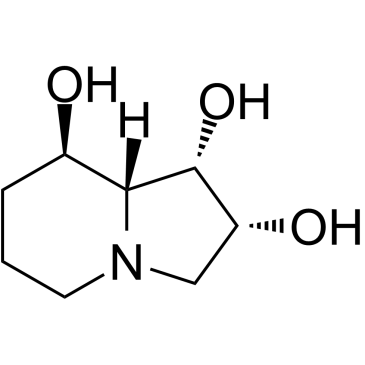| 结构式 | 名称/CAS号 | 全部文献 |
|---|---|---|
 |
八倾吲嗪三醇
CAS:72741-87-8 |
|
 |
L-酵母氨酸
CAS:997-68-2 |
| 结构式 | 名称/CAS号 | 全部文献 |
|---|---|---|
 |
八倾吲嗪三醇
CAS:72741-87-8 |
|
 |
L-酵母氨酸
CAS:997-68-2 |